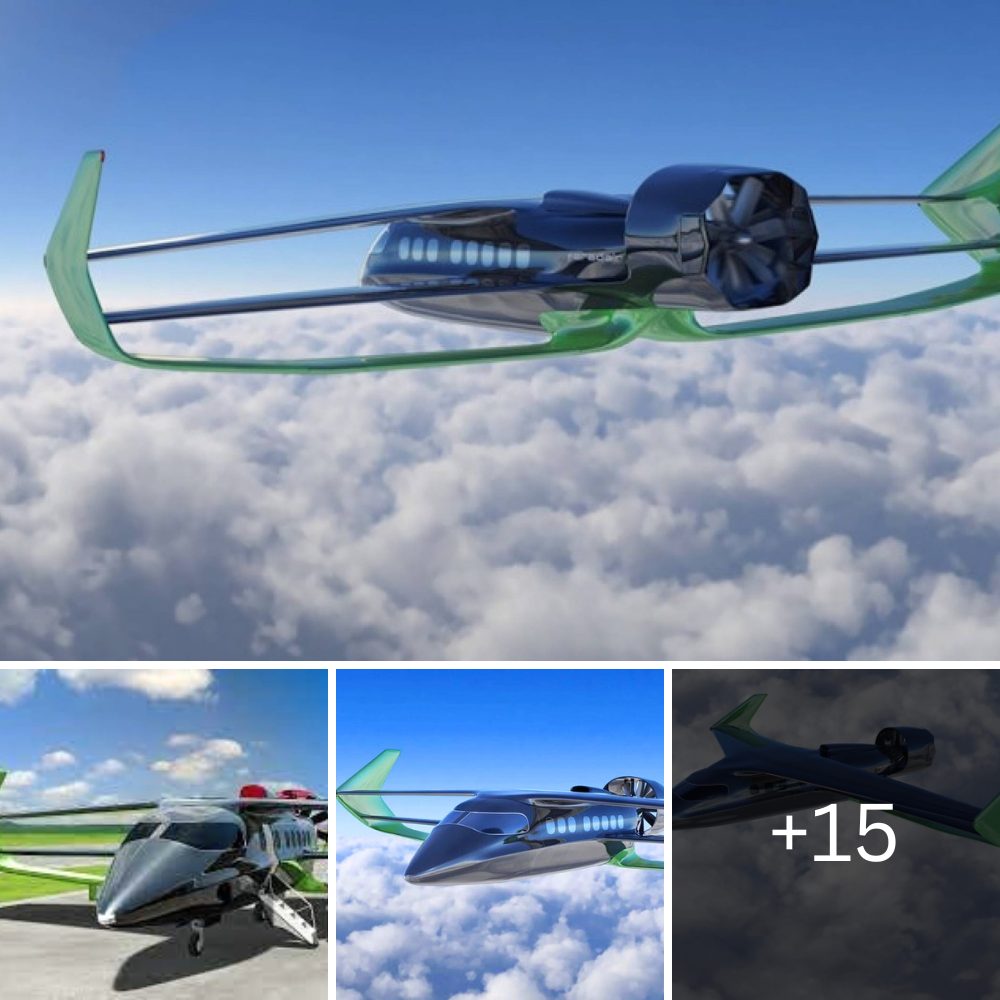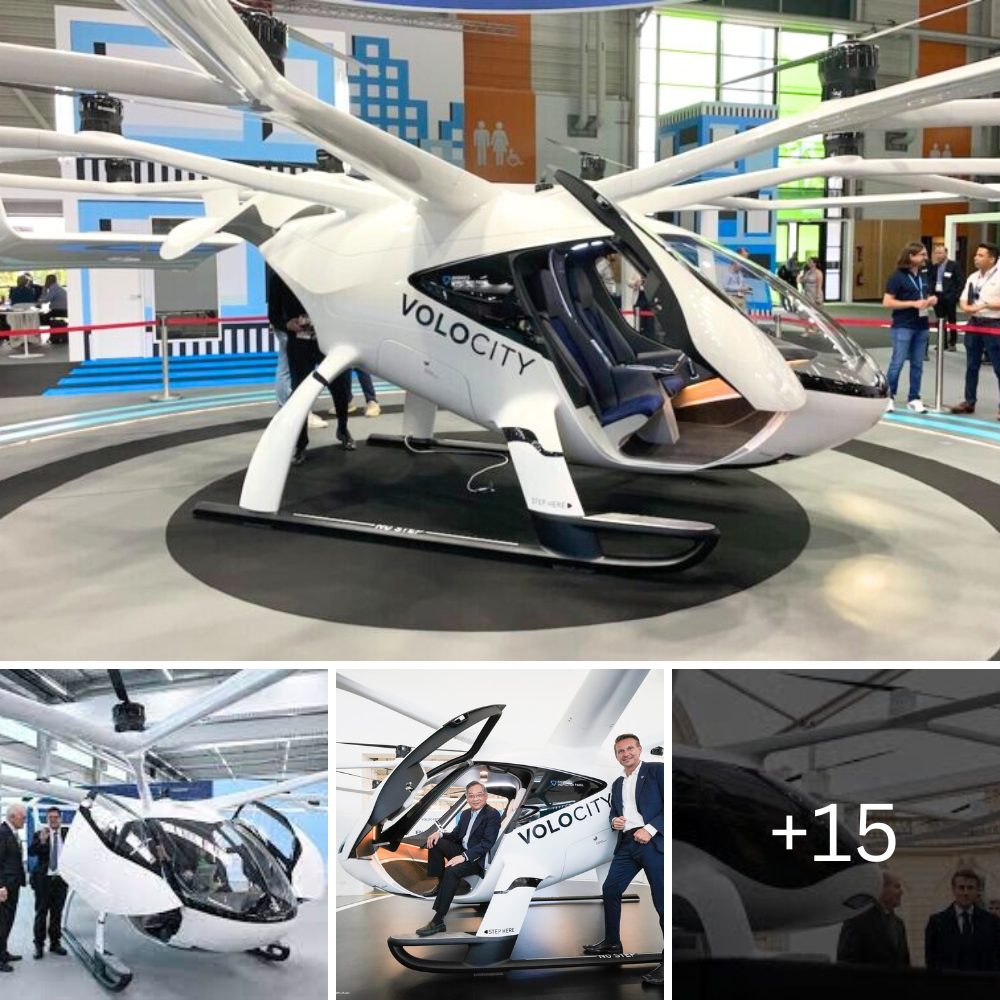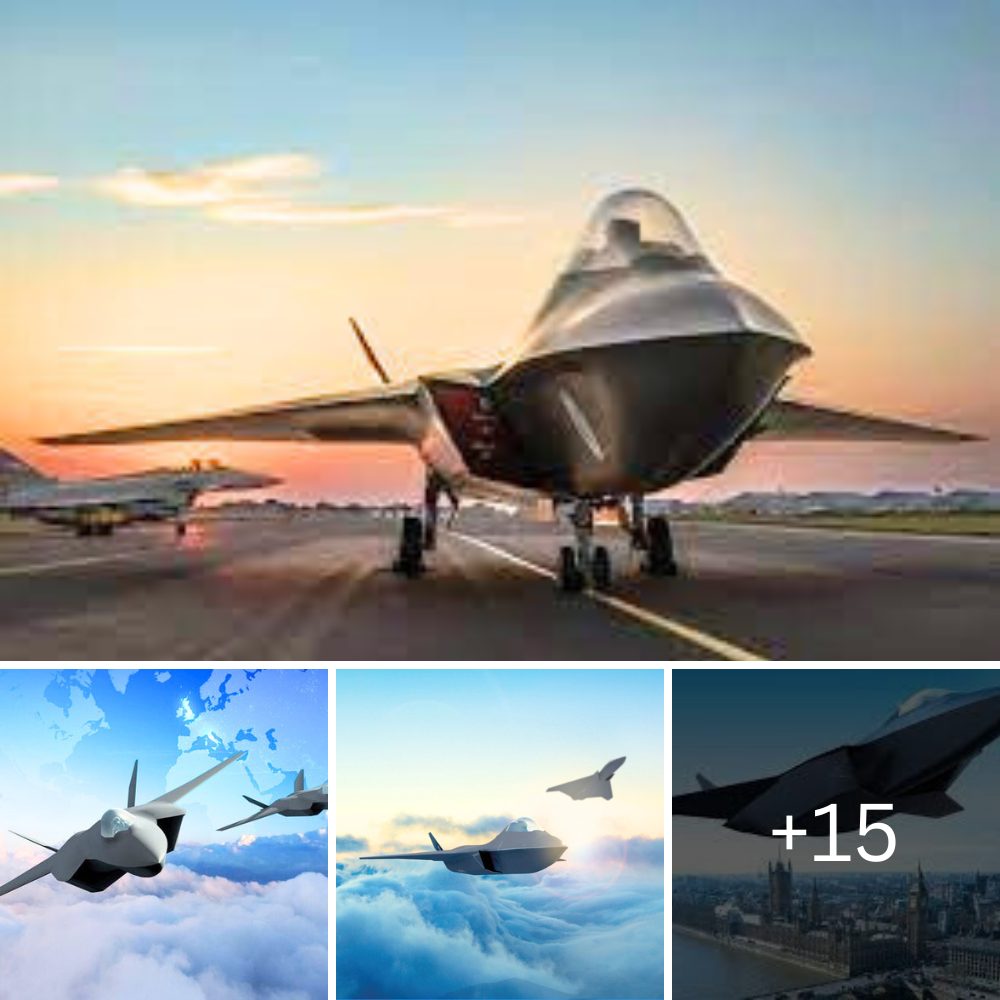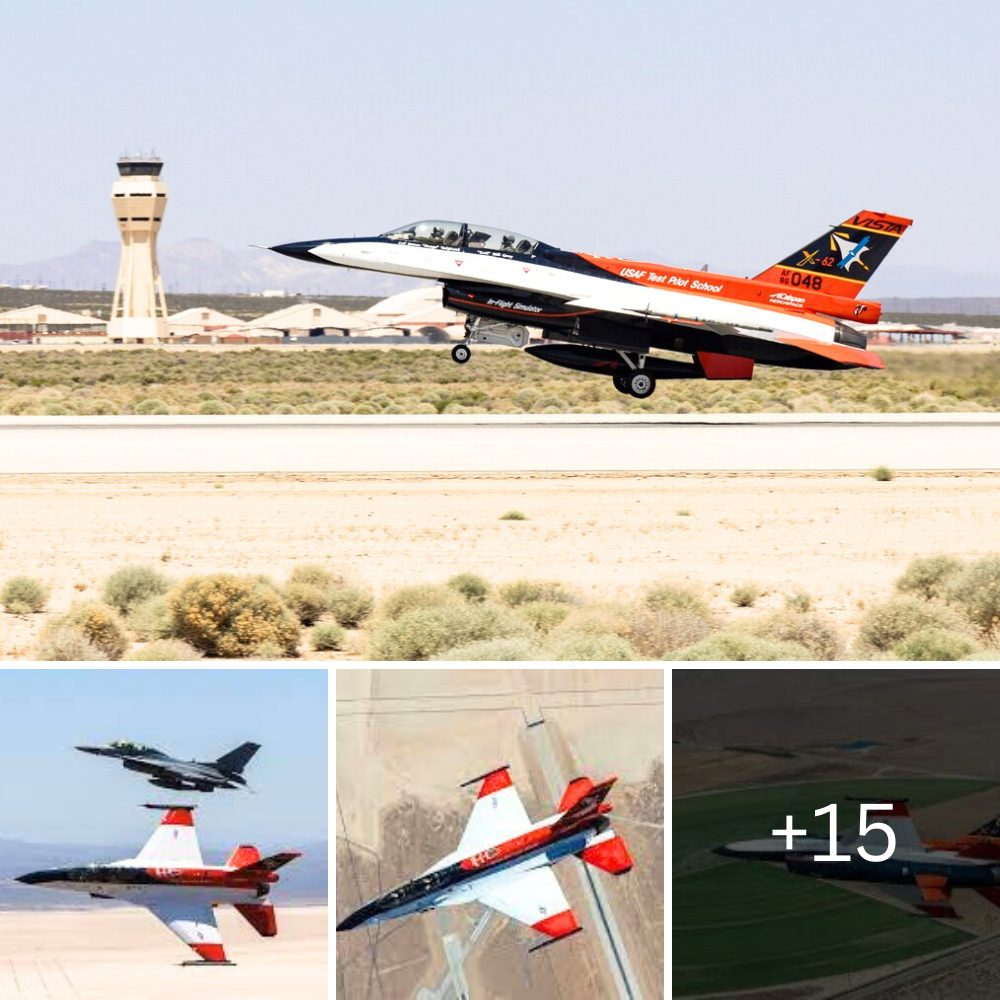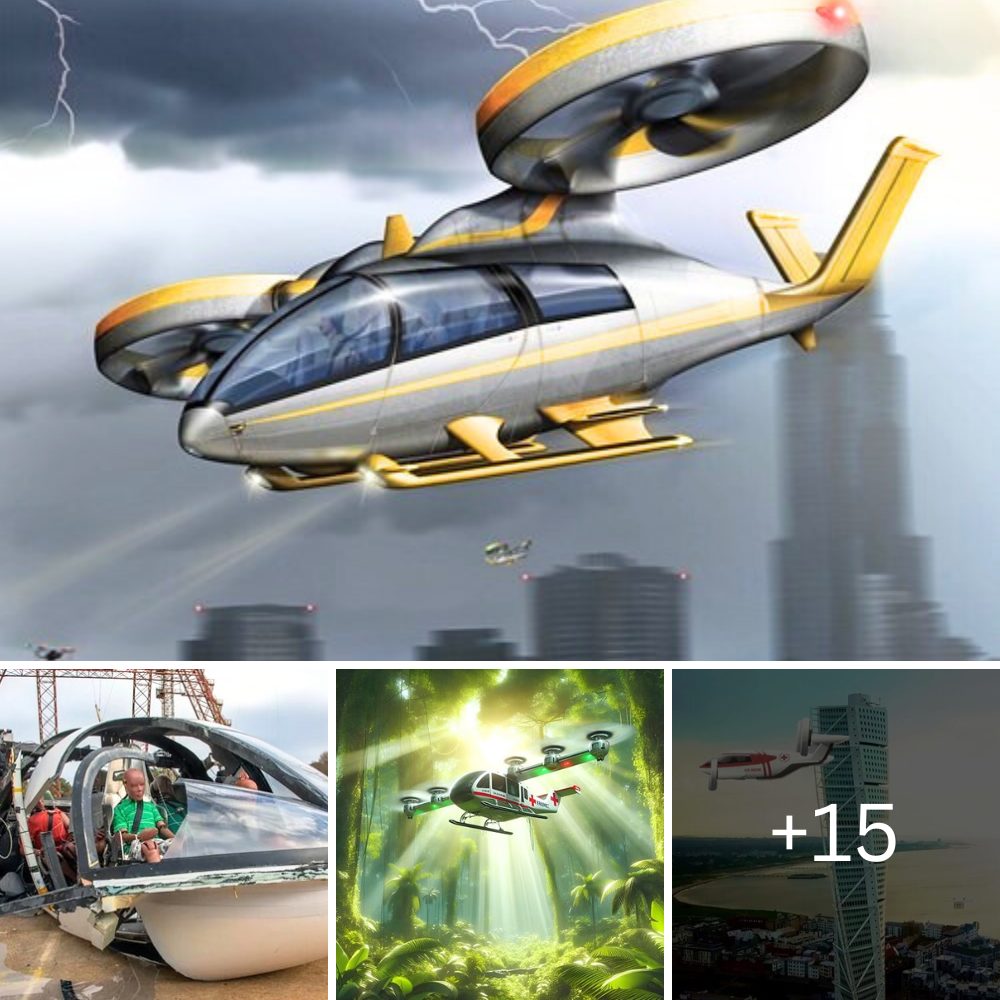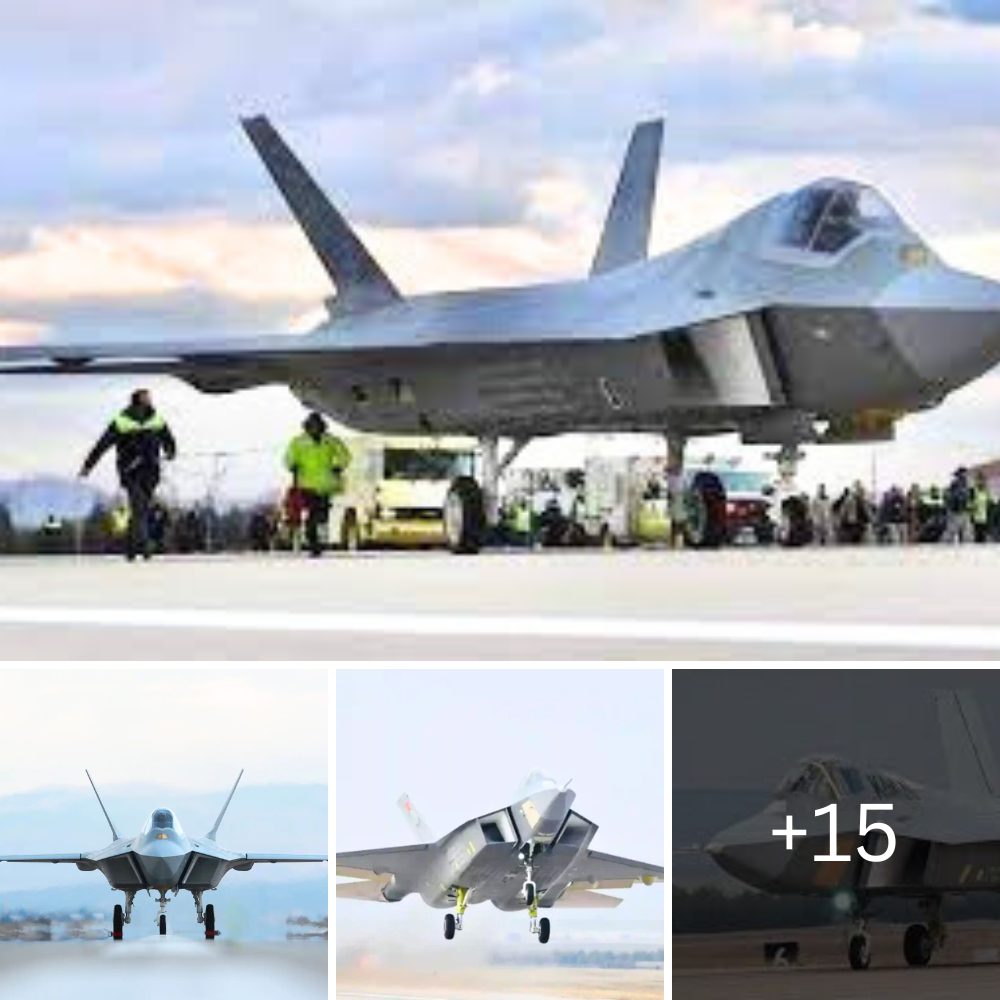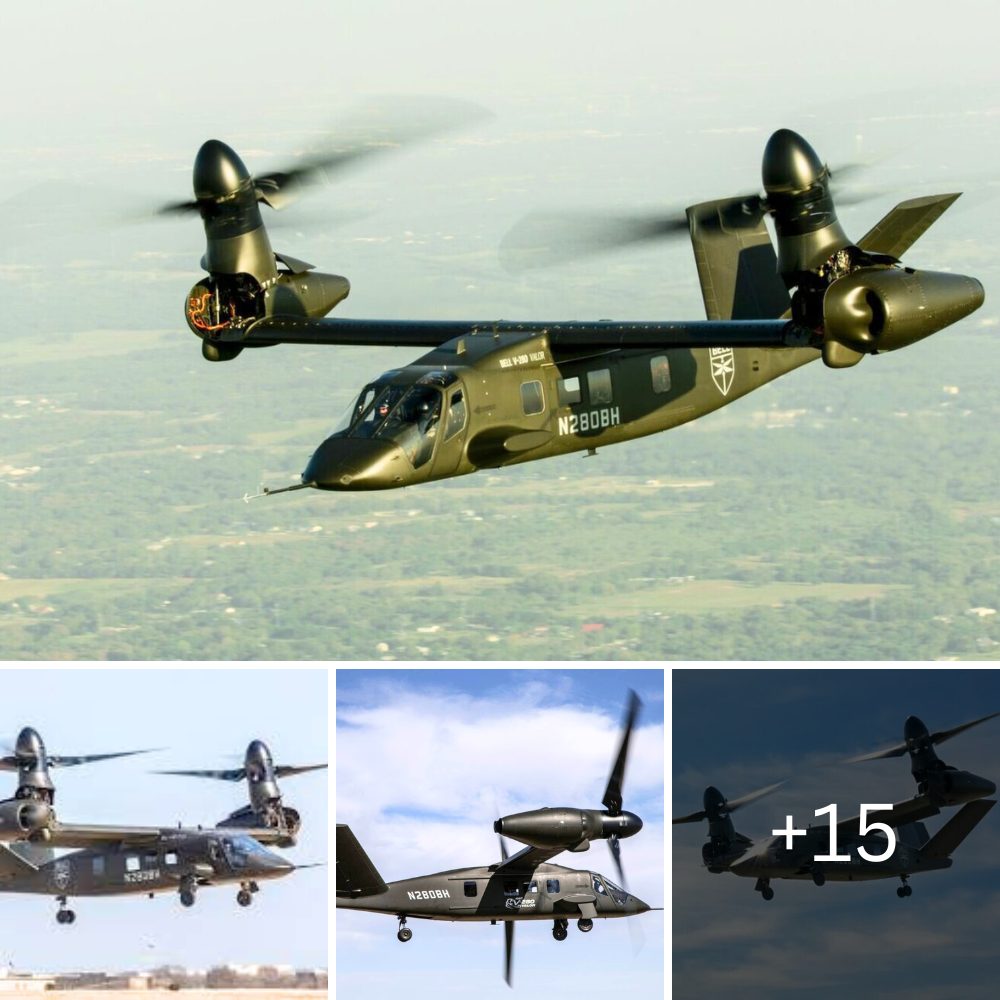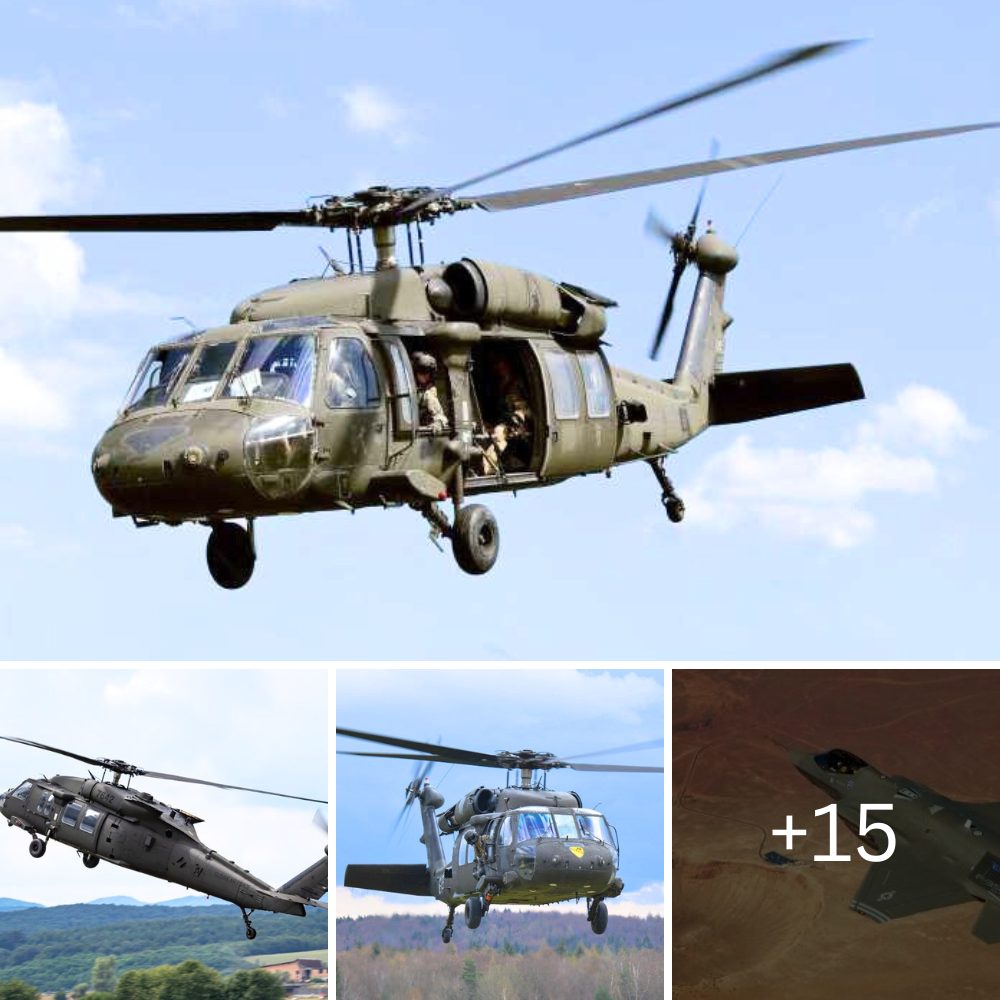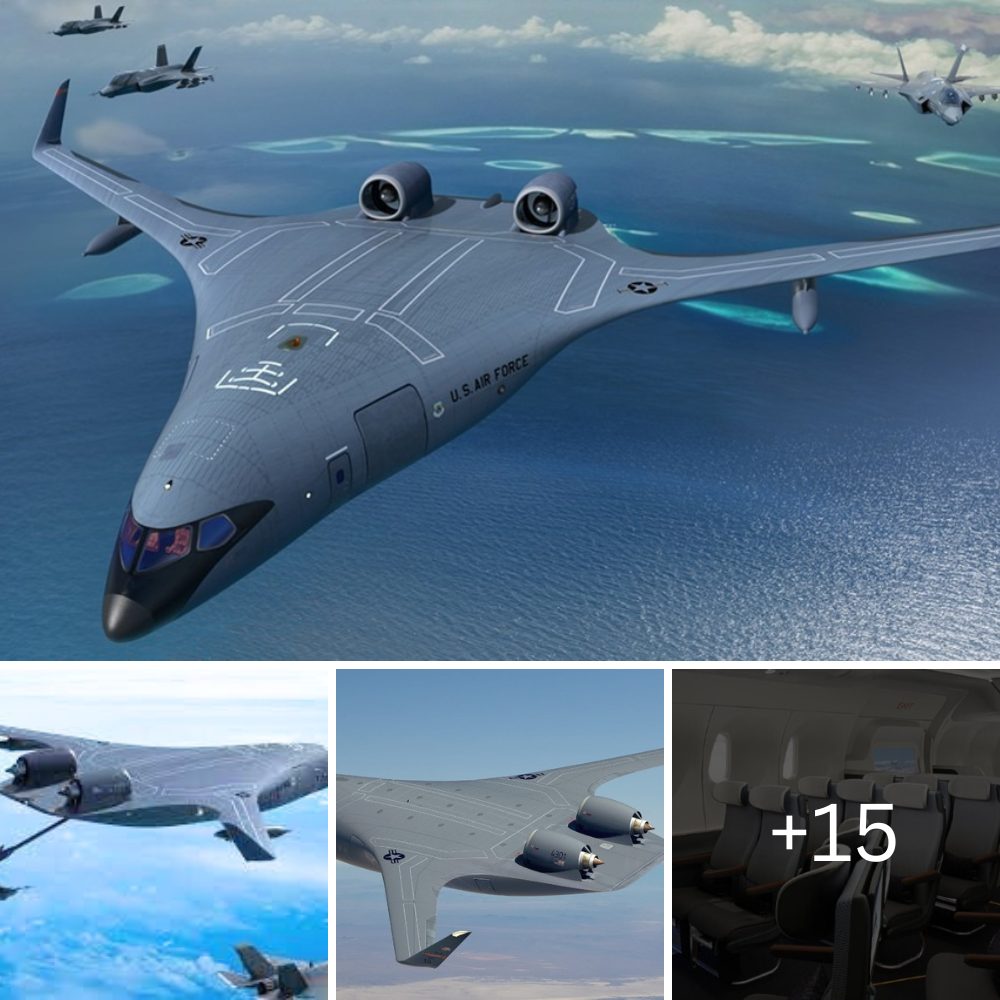The FlyZero aircraft is capable of flying from San Francisco to London without refueling
Because it’s powered by hydrogen, it is significantly ‘greener’ than current aircraft
It is (nearly) twice the size of a Boeing 737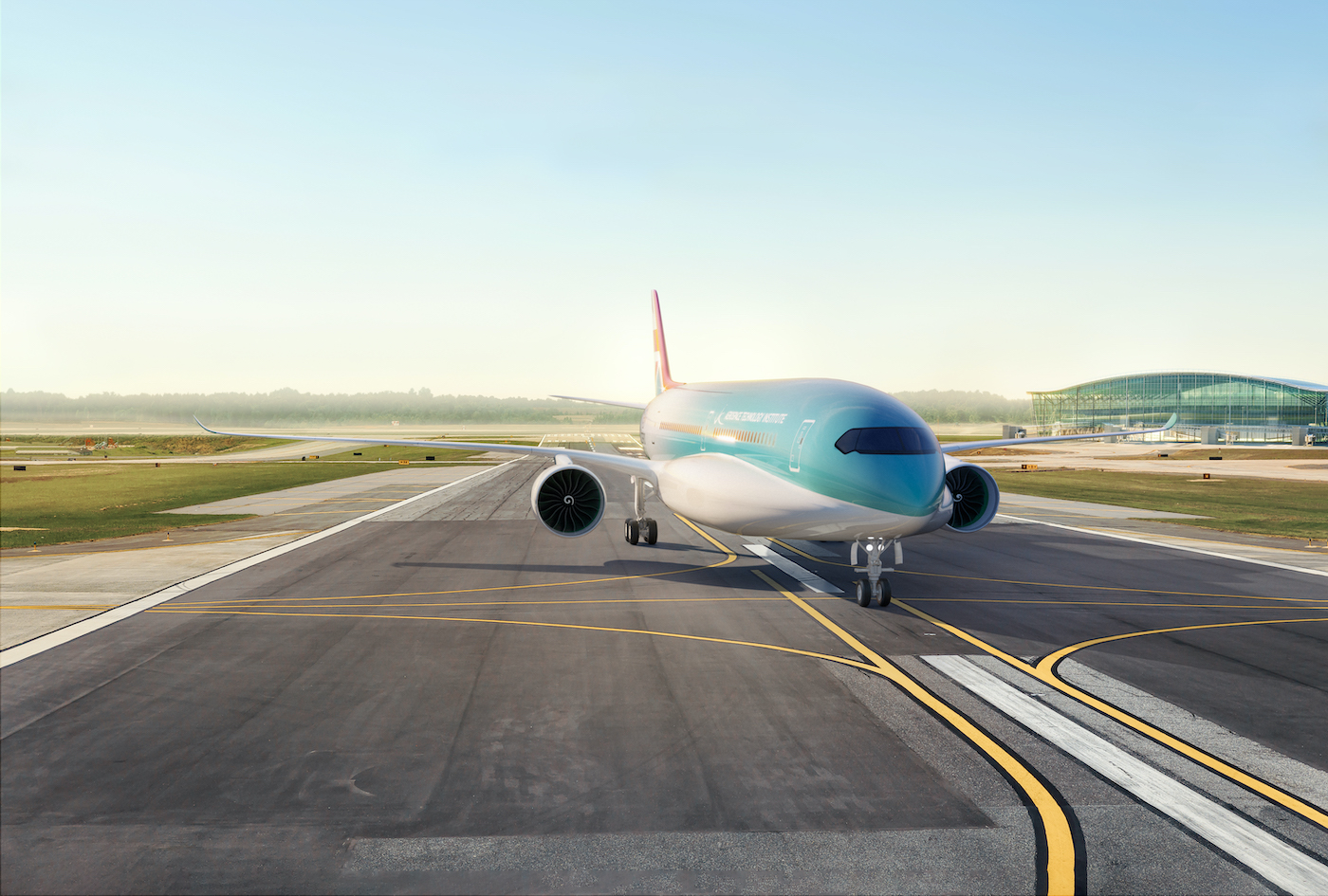
A concept mid-size aircraft revealed by the Aerospace Technology Institute (ATI) could enable passengers to fly anywhere in the world with no carbon emissions, with just one fuel stop. The enabler is liquid hydrogen; the catch is that the aircraft is not forecast to be market-ready until the mid-2030s.
The design revealed by ATI is a 279-passenger aircraft, a midsize aircraft developed by a team of aerospace and aviation experts from across the UK as part of the government-backed FlyZero project. The concept has been created to demonstrate the potential of green liquid hydrogen for air travel, not just for regional or short-haul flights, but for global long-haul (with a range of 5,250NM), while maintaining the speed and comfort of today’s commercial aircraft.
Liquid hydrogen is a lightweight fuel, as it has three times the energy of kerosene and 60 times the energy of batteries per kilogramme, and emits no CO2 when burned.
The development team has worked on key onboard technologies to enable hydrogen power, and they are also considering how the airport infrastructure and ground equipment for refuelling might require redevelopment.
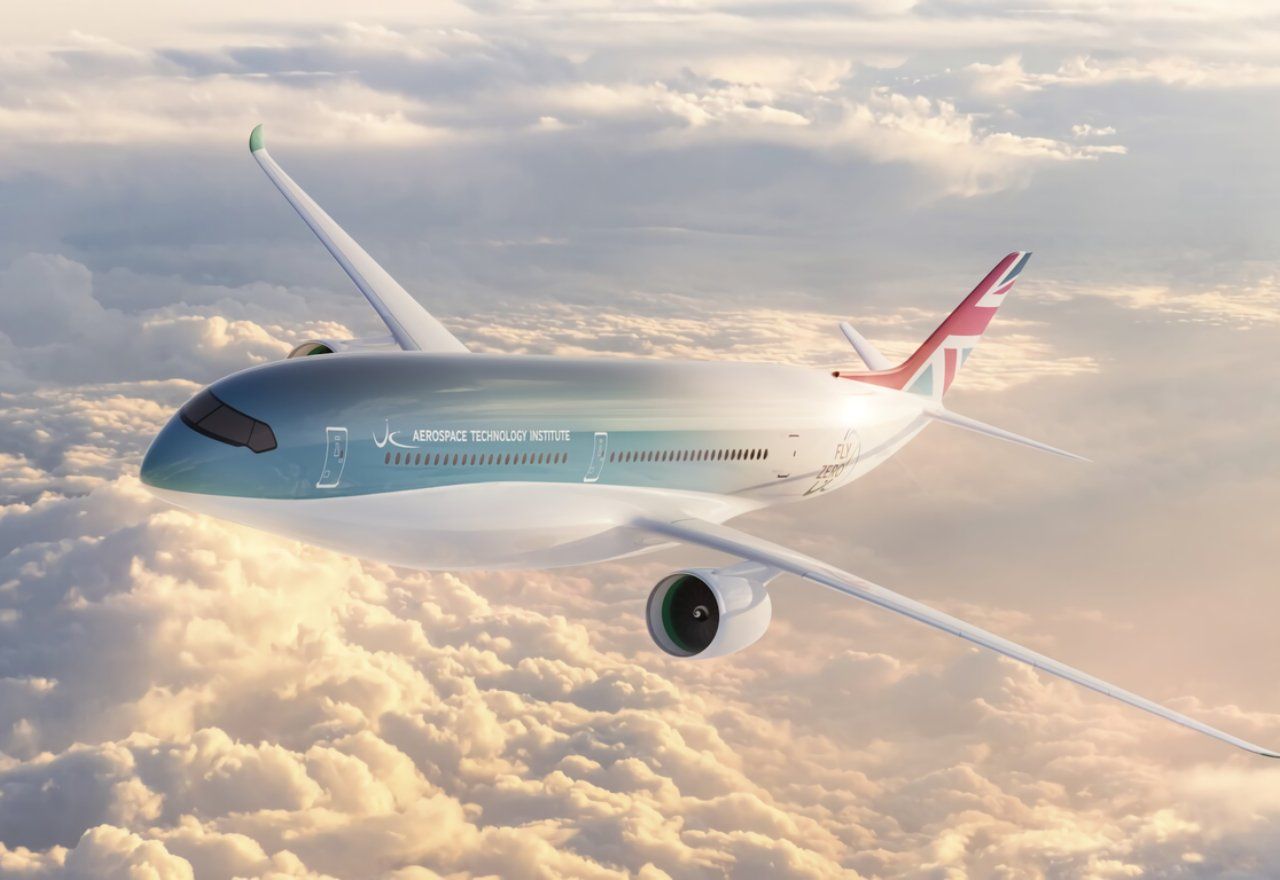
The aircraft technologies include wings without fuel tanks (dry wings), hydrogen tanks, cryogenic fuel systems, fuel cells, electrical power systems, and hydrogen gas turbines. The liquid hydrogen fuel is stored in cryogenic fuel tanks at around -250°C in the aft fuselage and two smaller ‘cheek’ tanks along the forward fuselage. These cheek tanks also serve to keep the aircraft balanced as the fuel burns off, and eliminate the need for any additional aerodynamic structures. The aircraft’s 54-metre wingspan carries two turbofan engines powered by hydrogen combustion.
The ATI plans to release detailed findings from the FlyZero project in early 2022, including three final aircraft concepts (regional, narrowbody and midsize), technology roadmaps, market and economic reports, and a sustainability assessment.
FlyZero project director Chris Gear said, “At a time of global focus on tackling climate change our midsize concept sets out a truly revolutionary vision for the future of global air travel, keeping families, businesses and nations connected without the carbon footprint.
“This new dawn for aviation brings with it real opportunities for the UK aerospace sector to secure market share, highly skilled jobs and inward investment while helping to meet the UK’s commitments to fight climate change.”
The team believe that as other sectors also move towards hydrogen energy, the increased demand will lead to lower supply costs. The resultant low fuel costs of next-generation efficient hydrogen-powered aircraft would thus have lower operating costs than conventional aircraft from the mid-2030s onwards.
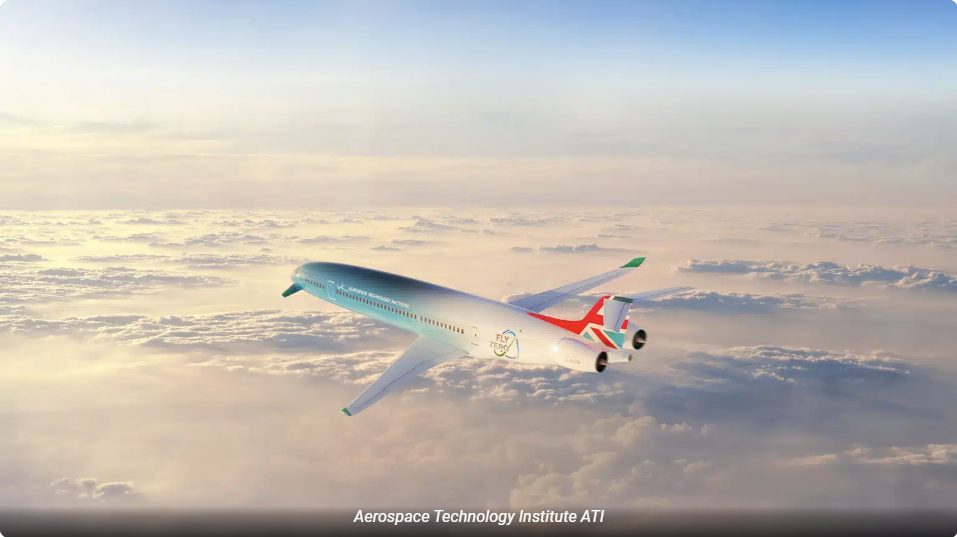
UK business secretary Kwasi Kwarteng said: “These designs could define the future of aerospace and aviation. By working with industry, we are showing that truly carbon-free flight could be possible, with hydrogen a front runner to replace conventional fossil fuels.
“Fuelling planes sustainably will enable the public to travel as we do now, but in a way that doesn’t damage the planet. It will not only help us to end our contribution to climate change, but also represents a huge industrial opportunity for the UK.”
Low-cost airline, Easyjet, is involved in the concept development. David Morgan, director of flight operations at easyJet, stated, “FlyZero’s concept aircraft demonstrates the huge potential of green liquid hydrogen for aviation, including larger gauge aircraft, and I’m very excited to see where we go from here. easyJet is closely involved in the work of the Aerospace Technology Institute and its FlyZero project and we look forward to continuous collaboration to make zero-carbon emission flights a reality as soon as possible.”


